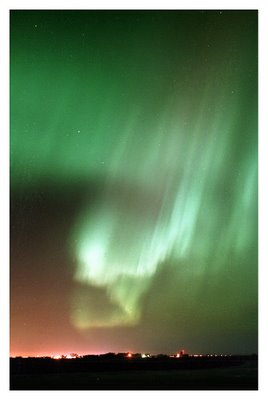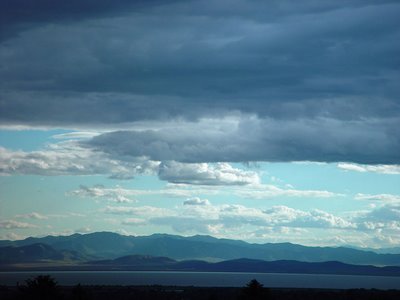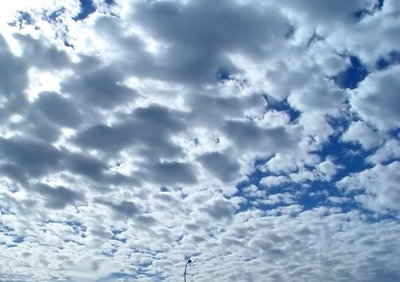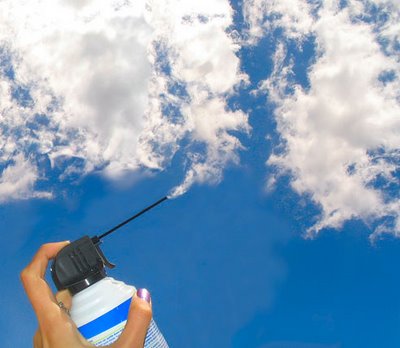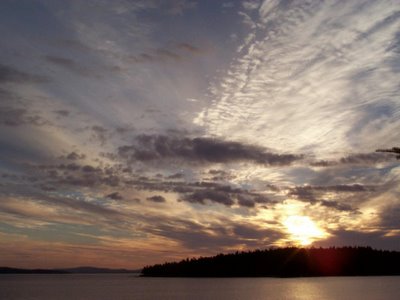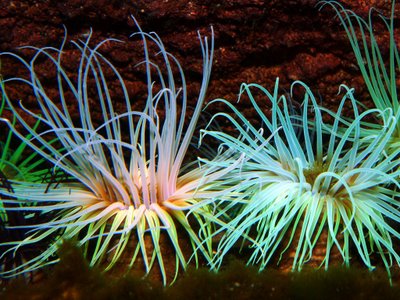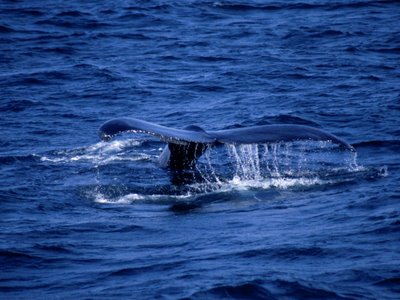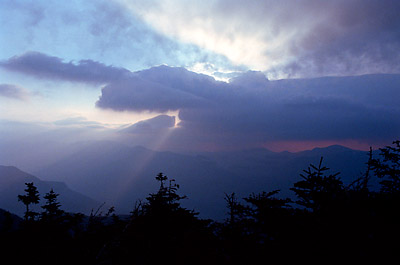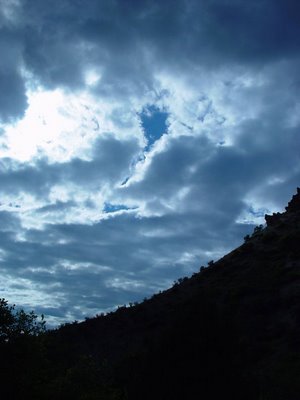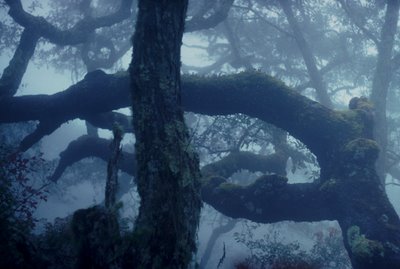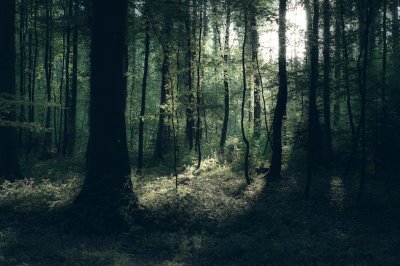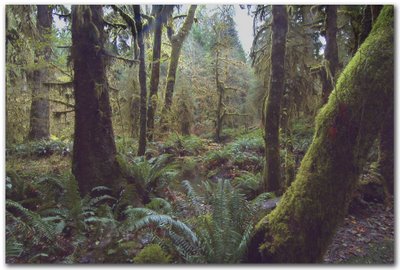The aurora is a glow observed in the night sky, usually in the polar zone. For this reason some scientists call it a "polar aurora" (or "aurora polaris"). In northern latitudes, it is known as "aurora borealis" which is named after the Roman goddess of the dawn, Aurora and the greek name for north wind, Boreas since in Europe especially, it often appears as a reddish glow on the northern horizon as if the sun were rising from an unusual direction. The aurora borealis is also called the "northern lights". The aurora borealis most often occurs from September to October and March to April.
Its southern counterpart, "aurora australis", has similar properties.
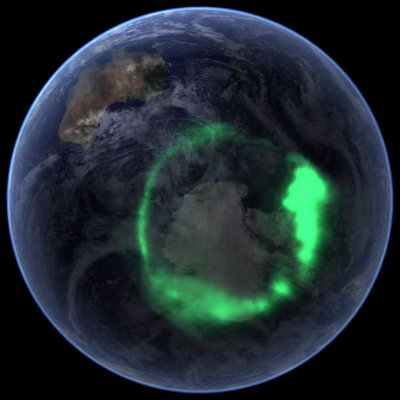
Aurora australis (September 11, 2005) as captured by NASA's IMAGE satellite.
